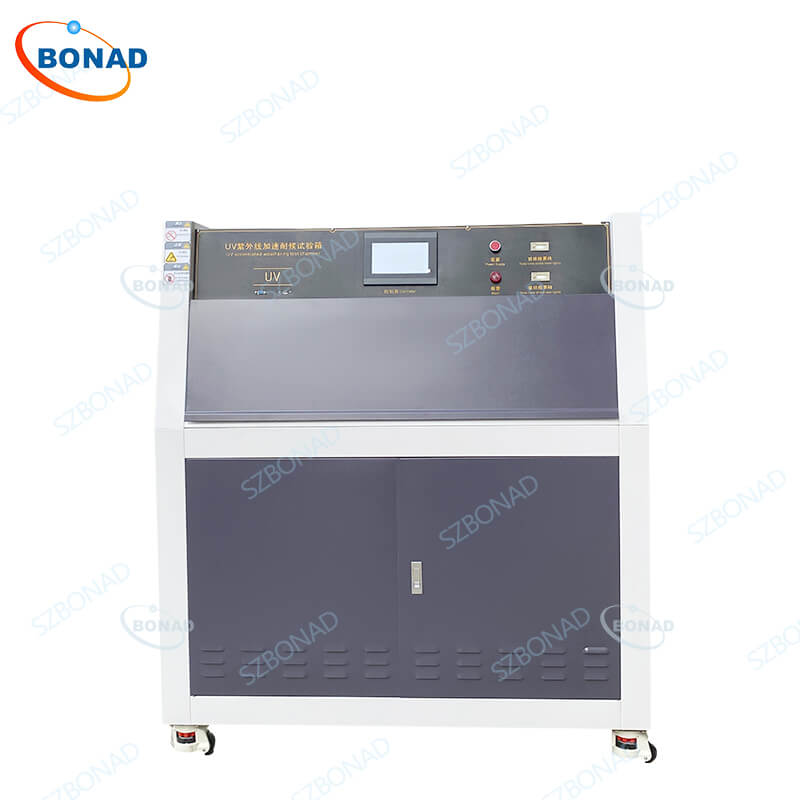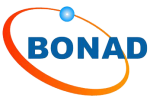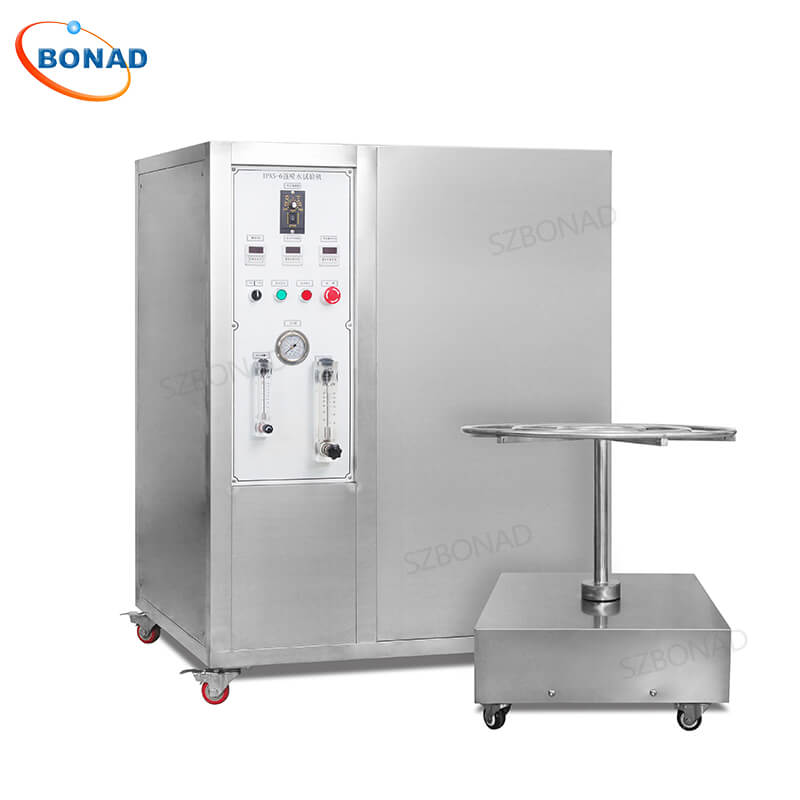Ensuring the long-term durability and colorfastness of textiles exposed to sunlight, weather, and environmental stress is paramount for manufacturers and brands. Premature fading, weakening, or degradation leads to dissatisfied customers and costly returns. This is where textile aging test chambers become an indispensable tool for quality assurance. These specialized chambers simulate years of environmental damage in a controlled, accelerated timeframe, allowing you to predict real-world performance accurately.
To standardize the evaluation of textile weathering resistance and aging resistance, several international standards have been established. Key among these are ISO 1419-1995, AATCC 111-2009, AATCC 169-2009, and AATCC 186-2009. Each standard defines specific test methods, conditions, and evaluation criteria, primarily utilizing controlled heating, humidification, and lighting (especially UV and xenon arc) to accelerate the aging process. Understanding these standards highlights why a purpose-built textile aging test chamber is non-negotiable.
Common Textile Anti-Aging Test Methods & Standards
- ISO 1419-1995: “Rubber- or plastics-coated fabrics — Accelerated ageing tests”
- Method A (Hot Air): 100°C for 16h. Primarily for PVC coated fabrics. Evaluates mass loss of volatile matter. (Artificial Accelerated Aging)
- Method B (General – Low Oxygen): 70°C, normal atmospheric pressure, low oxygen concentration for 168h (or multiples). For various coated fabrics. Evaluates property changes vs. unaged sample (e.g., strength, flexibility). (Artificial Accelerated Aging)
- Method C (Tropical Conditions): 70°C and 95% Relative Humidity for 168h (or multiples). For various coated fabrics. Evaluates property changes vs. unaged sample. (Artificial Accelerated Aging)
- Method D: 70°C for 168h. Specifically for nitrocellulose coated fabrics. Evaluates appearance changes and cracking. (Artificial Accelerated Aging)
- AATCC 111-2009: “Weather Resistance of Textiles: Exposure to Daylight and Weather”
- Method A (Natural Aging): Direct exposure to sunlight and natural weather; or exposure behind glass (filtered sunlight) without wetting. Used for automotive fabrics, home furnishings, photosensitive materials, awning fabrics. Evaluates changes in breaking strength, tearing strength, bursting strength, and color difference (ΔE). (Natural Aging)
- AATCC 169-2009: “Weather Resistance of Textiles: Xenon Arc Exposure”
- Uses a Xenon arc lamp to simulate full-spectrum sunlight. Common methods include:
- Method 1: 77°C Black Panel Temperature, 70% RH, 90 min light / 30 min light + spray cycle.
- Method 2: 77°C Black Panel Temperature, 70% RH, 60 min light / 60 min dark (no spray).
- Method 3: 77°C Black Panel Temperature, 27% RH, continuous light (no spray).
- Method 4: 63°C Black Panel Temperature, 50% RH, 102 min light / 18 min light + spray cycle.
- Applies broadly to textile materials, including coated fabrics and finished products. Evaluates % residual strength, rupture strength, or color difference (ΔE). (Artificial Accelerated Aging)
- Uses a Xenon arc lamp to simulate full-spectrum sunlight. Common methods include:
- AATCC 186-2009: “Weather Resistance: UV Light and Moisture Exposure”
- Focuses specifically on UV radiation (315-400 nm) combined with moisture exposure (condensation, spray). Used for:
- General outdoor fabrics (e.g., furniture)
- Fabrics for thermal shock applications (e.g., construction site materials)
- Exterior automotive fabrics.
- Evaluates changes in breaking strength, rupture strength, and color difference (ΔE). (Artificial Accelerated Aging)
- Focuses specifically on UV radiation (315-400 nm) combined with moisture exposure (condensation, spray). Used for:
Why You Absolutely Need a Dedicated Textile Aging Test Chamber
Attempting to replicate the precise and controlled conditions mandated by these diverse standards (specific temperatures, humidity levels, light spectra, light/dark cycles, spray cycles) using improvised setups is unreliable and non-compliant. A specialized textile aging test chamber is essential because it:
- Ensures Accuracy & Reproducibility: Precisely controls all critical environmental factors (Temp, RH, Light Intensity, Spectrum, Spray Timing) for consistent, repeatable results.
- Accelerates Testing Reliably: Compresses years of potential damage into days or weeks using scientifically validated light, heat, and moisture stressors.
- Guarantees Compliance: Meets the strict apparatus requirements outlined in ISO, AATCC, and other international standards for valid certification.
- Protects Brand Reputation: Identifies potential durability and colorfastness issues before products reach the market.
- Drives Product Improvement: Provides data to optimize materials, coatings, and dyes for enhanced longevity.
BONAD: Your Partner in Textile Aging Testing
Meeting the varied demands of ISO 1419, AATCC 111, AATCC 169, AATCC 186, and other textile weathering standards requires flexible and precise equipment. BONAD Textile Aging Test Chambers are engineered to deliver this precision.
Crucially, BONAD chambers can be customized to your specific test requirements. Whether you need precise control for a particular ISO 1419 method, need to replicate the complex xenon arc cycles of AATCC 169, or require targeted UV+moisture exposure per AATCC 186, BONAD solutions can be tailored to ensure your textiles meet the highest standards of durability and performance.



